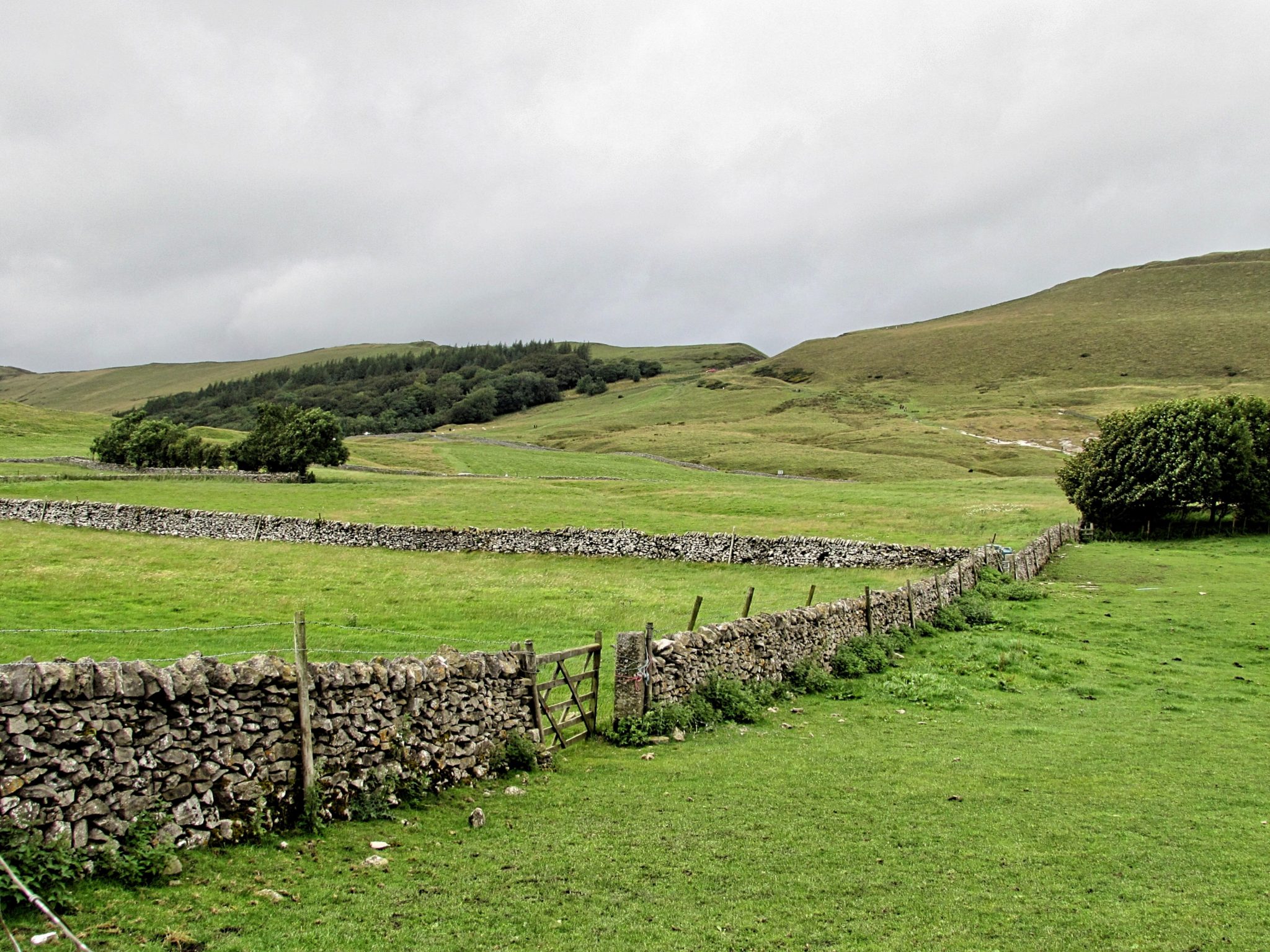Most Recent News


Popular News



What caused the division between city and rural economics? Cities have spent the better part of the past two millennia targeting rural areas

Rural has always been a gleaming target because they are harder to control, more resilient, less dependent, and less likely to cooperate with centralizers/ruling class.
Adam Smith was able to figure this out back in 1776:
However, this picture of economic progress is very different from the one observed in real life. Towns, Smith concedes, seem to have grown up much faster than their rural neighborhoods, and much more money has been devoted to manufacturing and to trade than one would expect in the “natural” scenario. Moreover, people have somehow been led to prefer these professions, when their natural preference would be for the peace and stability of country life. The cause of this “inverted” situation, Smith argues, is a set of laws and customs whose origins reach back to the Middle Ages.
[…]
Smith has just argued that it is both “natural” and profitable for a nation’s wealth to be invested in agriculture to the greatest extent possible. He now sets out to explain why, historically, this has not happened. Towns, he observes, have been given various legal and economic advantages, while rural dwellers have been discouraged from producing at full capacity.
Why and how has agriculture been discouraged? It comes down, Smith says, to the laws and customs inherited from the feudal era. After the fall of Rome, a few large landowners—princes and noblemen—gained control of large tracts of land. They then established laws and customs, including primogeniture and entail, to keep the land from being divided up into smaller parcels. In addition, these feudal lords frequently employed slaves or serfs to work the land. These types of workers, Smith argues, can expect no real benefit from working harder, and thus they “have no other interest but to eat as much, and to labor as little as possible.” In some places, Smith concedes, serfdom has been abolished, but freedmen have faced their own problems in working the land, including oppressive taxation and scornful treatment by city-dwellers. “Under all these discouragements,” Smith concludes, “little improvement could be expected from the occupiers of land.”
[…]
Smith now examines the flip side of the coin: Why did cities become such economic powerhouses during the Middle Ages? The main reason, he argues, is the extensive privileges city-dwellers were granted compared to their rural counterparts. Medieval kings, Smith claims, lived in fear of their great noblemen, and sought to cultivate allies from among the common people. Town-dwellers likewise feared the nobles, who were often violent and oppressive. Thus, the king and the “burghers” of a country became natural allies. He granted them a great deal of legal and economic autonomy, while they paid him taxes and offered reliable political and military support.
As a result of these privileges, towns prospered, and many of them became more or less independent republics with their own courts and militias. Serfs would even flee to towns if they had the means to do so, bringing with them additional capital and labor. Eventually, towns came to derive a large part of their revenue from specialty goods, which they either manufactured or imported. This opened the doors to both extensive foreign trade and a diverse manufacturing industry.
[…]
Having established the factors that helped towns prosper while rural areas lagged behind, Smith now sets out to show how this prosperity eventually spilled over into the countryside. This happened, he says, in three major ways. First, towns provided a “great and ready market” for agricultural products, thus encouraging the development of more farmland. Second, wealthy townsmen themselves bought land in the country and further improved it in hopes of making a profit. The third and perhaps most important factor, in Smith’s view, was the tendency of towns to undermine feudalism and introduce “order and good government” in its place, bringing about “the liberty and security of individuals.” As feudal lords traded their wealth for manufactured luxury goods from the towns, they gradually dismissed their armies of retainers and became, in effect, ordinary landowners who lacked the power to terrorize their neighbors. Despite all these benefits, Smith reminds his readers that the town-first, country-second pattern of development is contrary to the natural order of things and therefore inefficient. For proof, he points to the largely agrarian nature of the American colonies, whose wealth and population are growing at extraordinary speed.
I encourage you to read the actual book (Book 3 of the Wealth of Nations), but quoting an entire book does not present a good article summary from which to make a blog post.
Clearly, not much has changed. It’s not so much about a return to an agrarian society as much as it is a recognition that the ones who benefit off of city development are not the city dwellers nor the rural subjects, but the city rulers.
The “natural” order is the rural one. Which is why the massive amounts of degeneracy, an anti-conservation mindset of society, and other harmful elements are all concentrated in the cities. It’s not natural and it’s harmful to all but the rulers.
It’s all by design, not coincidence. As Smith demonstrated, as far back as we have data on cities, the ruling elites specifically targeted rural areas. From the Romans to the Medieval era to now:
After the fall of Rome, a few large landowners—princes and noblemen—gained control of large tracts of land. They then established laws and customs, including primogeniture and entail, to keep the land from being divided up into smaller parcels. In addition, these feudal lords frequently employed slaves or serfs to work the land. These types of workers, Smith argues, can expect no real benefit from working harder, and thus they “have no other interest but to eat as much, and to labor as little as possible.” In some places, Smith concedes, serfdom has been abolished, but freedmen have faced their own problems in working the land, including oppressive taxation and scornful treatment by city-dwellers.
It is not a coincidence that it continues today.
Read Next:
An Updated Visual Diagram Of The Cycle Of Collapse
Stop Giving Money To People That Hate You
You Pay More Income Tax Than The Isolated Class
If you enjoyed this article, bookmark the website and check back often for new content. New articles most weekdays.
You can also keep up with my writing by joining my monthly newsletter.
Help fight the censorship – Share this article!

(Learn More About The Dominion Newsletter Here)